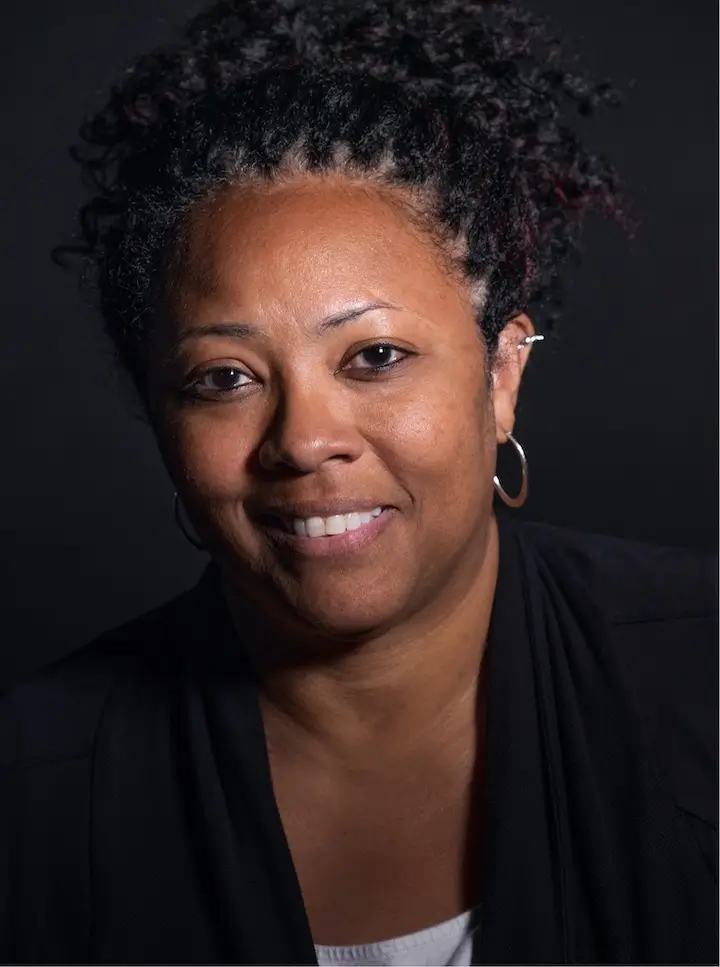Benita Mayo is a visual artist based in Charlottesville, Virginia, where she is a resident artist at the McGuffey Art Center and an active member of the Charlottesville Black Arts Collective. She holds a B.A. in Rhetoric and Communications from the University of Virginia (UVA).
Mayo’s work is guided by curiosity and empathy, qualities that shape both her process and subject matter. Her photographs explore the collective female experience through the lens of a Black woman navigating grief, memory, ancestry, genealogy, and trauma. By weaving personal history with broader social narratives, she examines how inherited legacies shape identity and belonging. Rooted in storytelling and social commentary, her practice stands as both testimony and tribute—illuminating overlooked histories while creating space for dialogue, reflection, and connection across communities and generations.
Mayo was a 2025 Critical Mass finalist. She was the winner in the 23rd Julia Margaret Cameron Award for "Women Seeing Women" category and received Honorable Mention in the portraiture category. Mayo’s work has been featured in publications including Zeke Magazine, Lenscratch, Cuba Seen Issue 9, Virginia Quarterly Review, Canvas Rebel, Portraits The 27 Fine Art Book, A Smith Gallery, SxSE Magazine, Library of Congress, C-Ville Weekly 434 Magazine, and Charlottesville Tomorrow. Her work has been exhibited at various galleries including the Griffin Museum of Photography, The Center for Photographic Art (CFPA), the Center for Fine Art Photography (C4FAP), A Smith Gallery, Filter Photo, Social Documentary Network and several galleries in the Mid-Atlantic region. Her work has been recognized internationally and is held in private collections.
